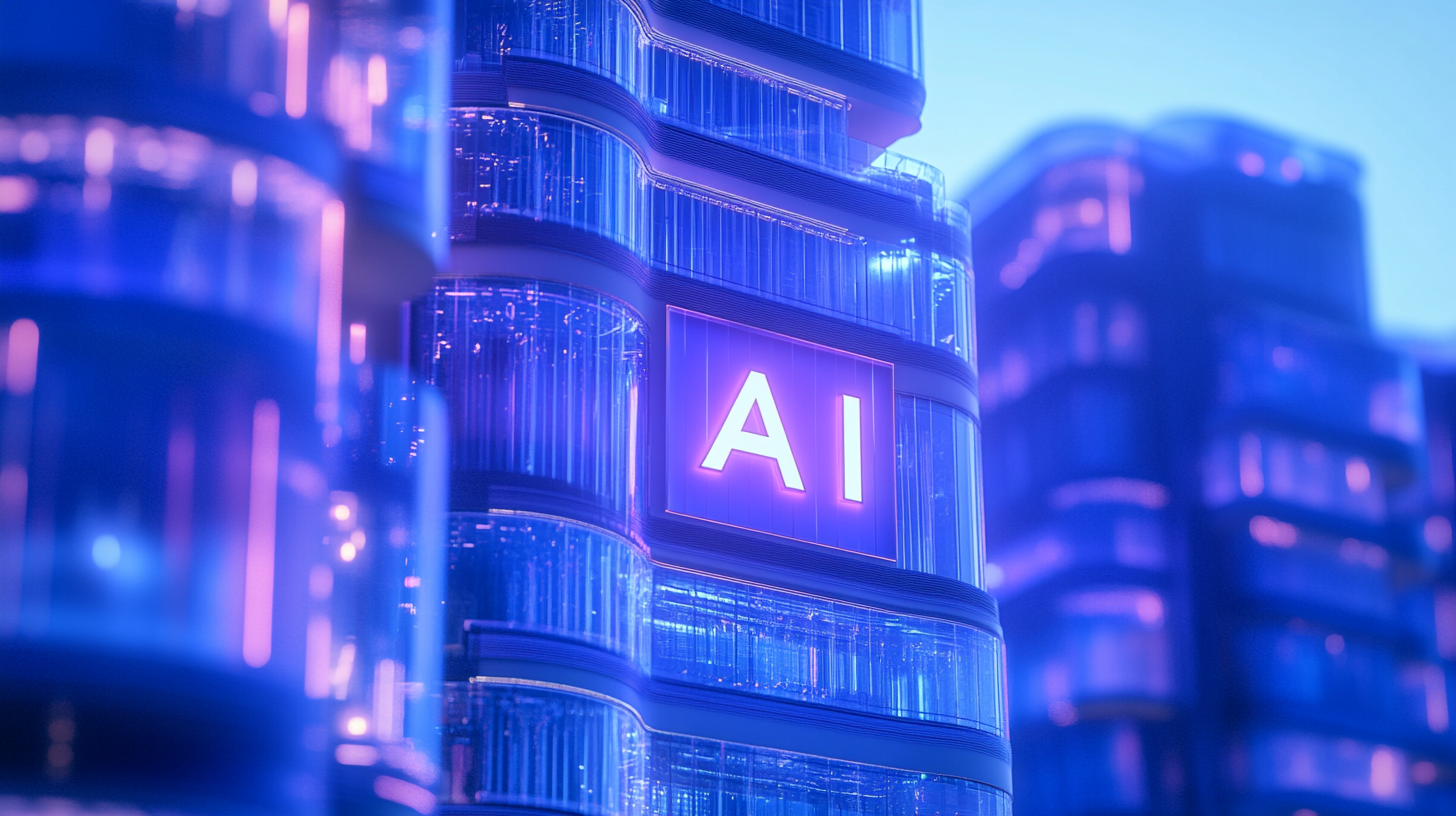
AI in Architecture: A 2025 Beginner’s Guide to Smarter Design Workflows
Introduction: The AI Revolution in Architecture
The architectural profession is undergoing a seismic shift as artificial intelligence (AI) transitions from a niche innovation to a mainstream design collaborator.
By 2024, 41% of architects globally have adopted AI tools to automate tasks, enhance creativity, and optimize sustainability.
This guide synthesizes insights from industry reports, academic research, and real-world case studies to provide architects with a roadmap for integrating AI into their workflows.
We’ll explore tools, strategies, ethical considerations, and future trends, equipping you to harness AI’s potential while navigating its challenges.
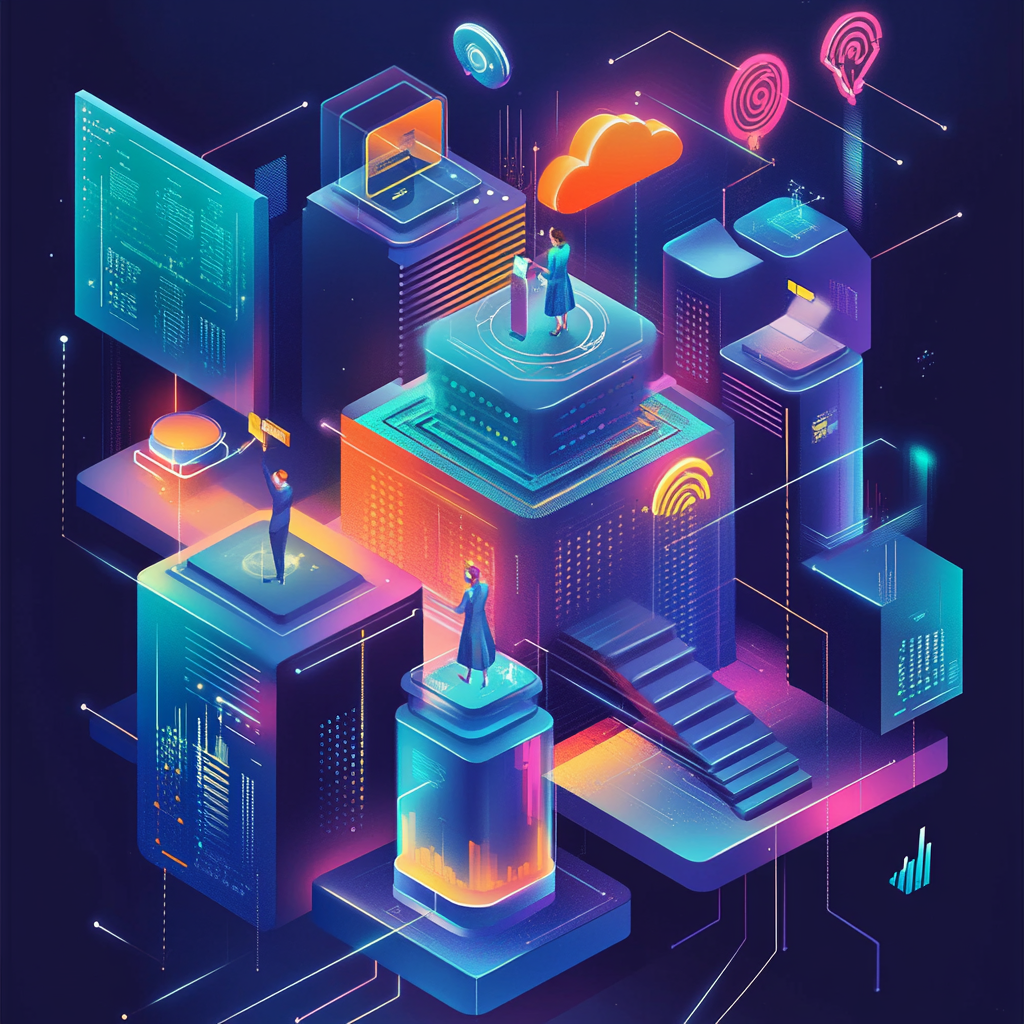
1. Understanding AI’s Role in Architecture
1.1 AI as a Collaborative Partner
AI is not a replacement for human creativity but a catalyst for innovation.
It excels in automating repetitive tasks (e.g., drafting, compliance checks), generating design alternatives, and analyzing complex datasets. Key applications include:
Generative Design: AI algorithms like GANs (Generative Adversarial Networks) and DDPMs (Denoising Diffusion Probabilistic Models) produce thousands of design iterations based on parameters like site conditions, budget, and sustainability goals.
Environmental Analysis: Tools like Autodesk Forma simulate energy efficiency, daylight potential, and microclimate impacts, enabling data-driven decisions.
3D Modeling & BIM: Platforms such as BricsCAD BIM automate 2D-to-3D conversions and clash detection, reducing errors by 30%.
Case Study: The Shanghai Sustainable Tower (2024) used generative AI to optimize energy efficiency by 40%, demonstrating how AI can balance aesthetics with performance.
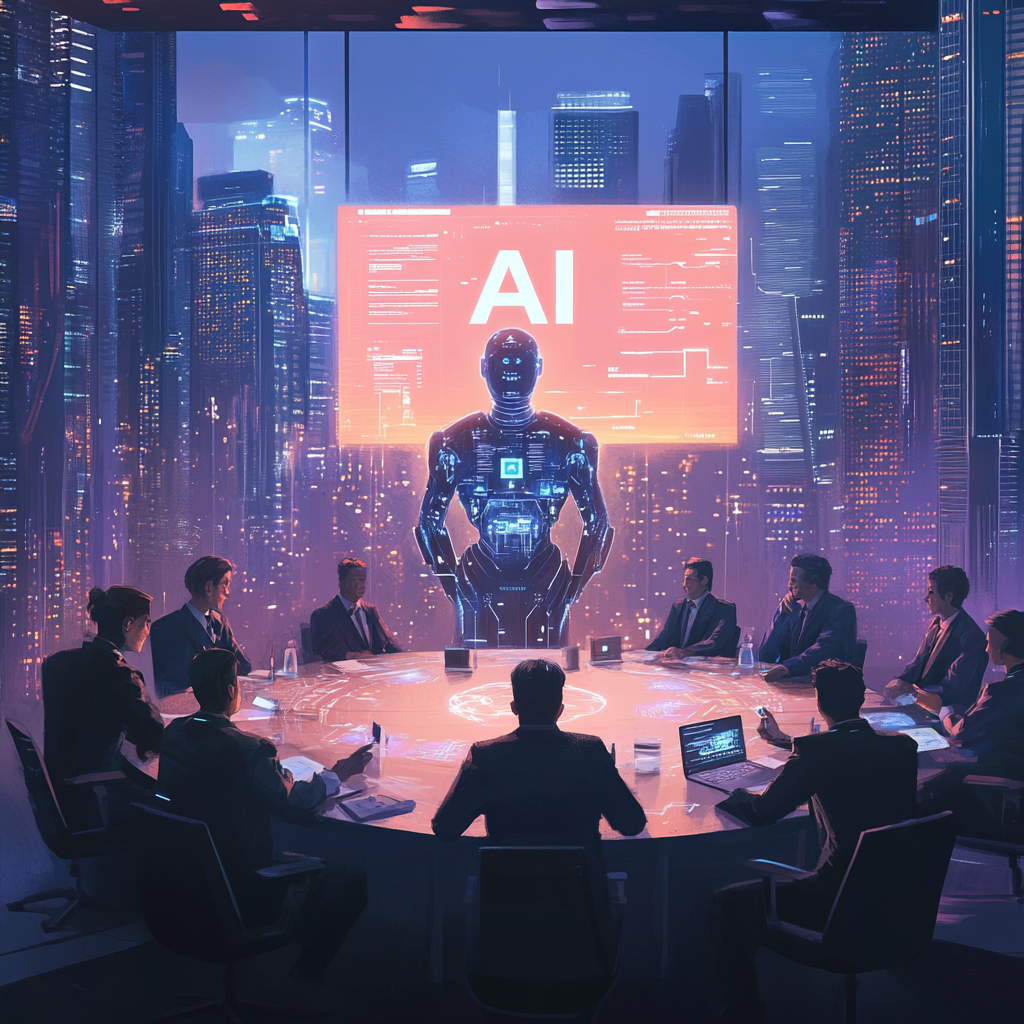
1.2 AI Across the Design Process [Expanded from original]
AI’s impact spans all phases of architectural design:
Conceptual Design: Midjourney and Adobe Firefly generate photorealistic visuals from text prompts, accelerating client presentations.
Schematic Design: Tools like TestFit and ArkDesign.ai automate floor plan optimization while adhering to zoning laws.
Construction Documentation: AI-enhanced BIM software (e.g., Revit, ArchiCAD) streamlines drafting and error detection.
Construction Management: Platforms like Procore use AI for real-time scheduling and risk assessment, cutting project timelines by 20%.

2. Overcoming Challenges in AI Adoption
2.1 Cost and Technical Barriers
High Initial Costs: Cloud-based tools like Sloyd.AI (3D modeling) and D5 Render (rendering) offer affordable entry points without heavy hardware investments.
Skill Gaps: RIBA’s 2024 report highlights that 63% of firms cite training as a major hurdle. Solutions include online courses (e.g., Midjourney Mastery for Architects) and workshops hosted by platforms like ThinkParametric.
2.2 Ethical and Legal Considerations [Expanded with research]
Bias in AI Outputs: Algorithms trained on limited datasets may reinforce cultural or stylistic biases. The EU’s 2024 regulations mandate transparency in AI training data for residential projects.
Liability: The American Institute of Architects (AIA) is developing frameworks to address accountability for AI-generated design flaws.
Job Displacement: While 25% of entry-level roles may be automated by 2030, AI creates new opportunities in AI management and computational design.
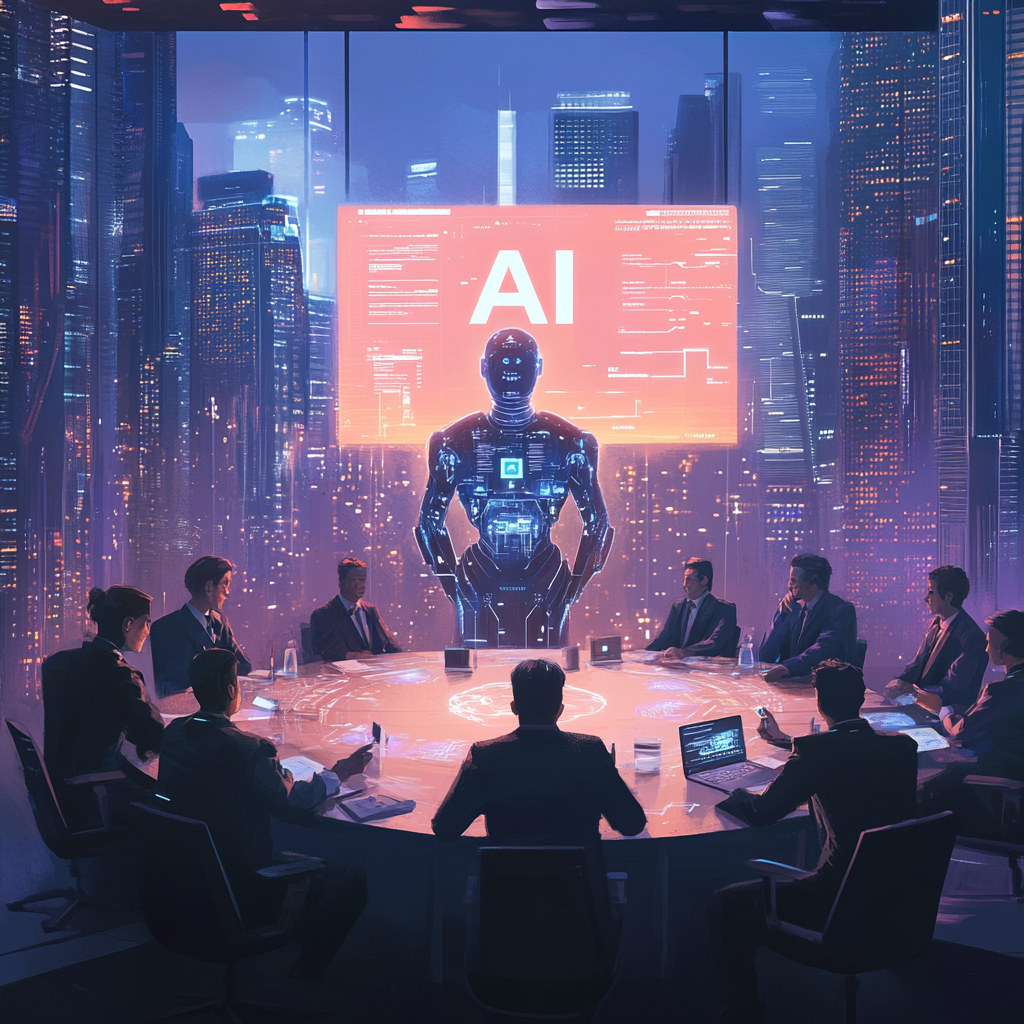
3. Step-by-Step Integration Strategy
3.1 Auditing Your Workflow
Identify tasks ripe for automation:
Repetitive Tasks: Drafting, quantity takeoffs, and code compliance checks.
Creative Enhancement: Concept ideation, material selection, and client engagement.
Example: Zaha Hadid Architects uses AI to optimize complex geometries, reducing manual modeling time by 50%.
3.2 Piloting Tools [Expanded with new tools]
For Small Firms: Start with free/low-cost tools like Maket.ai (residential planning) or Blender’s AI plugins.
For Large Firms: Invest in enterprise solutions like Autodesk Forma ($1,500/year) or Sidewalk Labs for urban-scale projects.
3.3 Training & Collaboration
Internal Workshops: Use platforms like LinkedIn Learning or Coursera to upskill teams in AI fundamentals.
Cross-Disciplinary Teams: Foster collaboration between architects, data scientists, and sustainability experts to maximize AI’s potential.
4. Ethical AI Practices for Architects [New section]
4.1 Ensuring Transparency
Client Communication: Clearly explain AI’s role in projects to build trust. For example, disclose if renders are AI-generated.
Bias Audits: Regularly review AI outputs for cultural or stylistic biases, especially in tools trained on Western architectural datasets.
4.2 Sustainable AI
Carbon Footprint: Tools like Climate Adaptive Design Tool (MIT/Autodesk) predict a building’s environmental performance over 50 years, aiding climate-resilient designs.
Material Optimization: AI platforms like Sefaira suggest eco-friendly materials based on lifecycle analysis.

5. AI Tools for Every Design Phase [Expanded with 25+ tools]
5.1 Conceptual Design
Midjourney: Generates concept art from text prompts (10–10–120/month).
DALL·E 3: Creates detailed illustrations with style consistency, ideal for client pitches.
5.2 Schematic Design
TestFit: Optimizes building configurations for parking, unit mix, and profitability.
ARCHITEChTURES: Generates residential designs compliant with zoning laws (15–15–479/month).
5.3 BIM & Documentation
BricsCAD BIM: Automates 2D-to-3D conversions and clash detection.
Revit + AI Plugins: Tools like Hypar enable generative space planning within BIM workflows.
5.4 Construction Management
Procore: Uses ML for risk prediction and resource allocation ($/user pricing).
BIM 360: Enhances collaboration with AI-driven clash detection and document management.
(See Appendix A for a full tool directory with pricing and use cases.)
6. Real-World Case Studies [Expanded with global examples]
Osaka Smart City (2024): AI-managed construction reduced timelines by 20% through real-time scheduling and waste optimization.
Toronto’s Sidewalk Labs: Leveraged AI to design a neighborhood with optimized walkability, energy use, and traffic flow.
Foster + Partners: Uses AI to simulate wind patterns and solar exposure for high-rise designs.
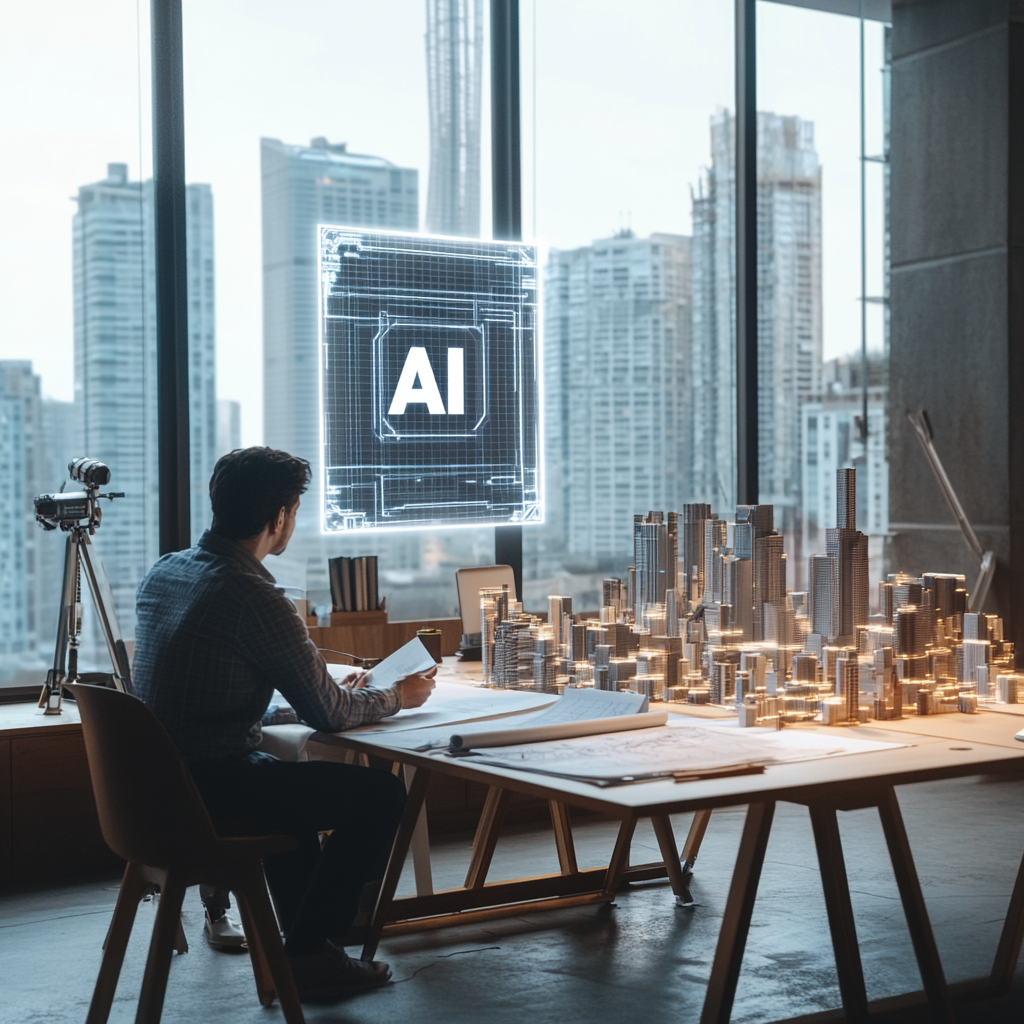
7. Future Trends Shaping Architectural AI [Expanded from original]
Democratization of Design: Platforms like ArchAI enable homeowners to generate custom designs via text prompts.
AI + VR/AR Integration: Tools like Enscape create immersive walkthroughs where clients can interact with AI-generated designs in real time.
Predictive Maintenance: AI systems like New York City’s building monitoring tool reduce emergency repairs by 35%.
Urban-Scale AI: Cities like Singapore use AI to optimize traffic, energy grids, and public spaces.
8. Conclusion: Embracing the AI-Augmented Future
AI is redefining architecture, but its success hinges on balancing automation with human ingenuity. As Dr. Liang Wei notes, “AI amplifies creativity but cannot replace the architect’s vision” .
By starting small, prioritizing ethics, and investing in training, firms can harness AI to build smarter, greener, and more innovative spaces.
Key Takeaways:
Begin with pilot projects using affordable tools like Maket.ai or Midjourney.
Audit workflows annually to identify new AI integration opportunities.
Advocate for industry-wide standards on AI ethics and transparency.

Pingback: How AI is Revolutionizing Architecture in 2025 - Design Code